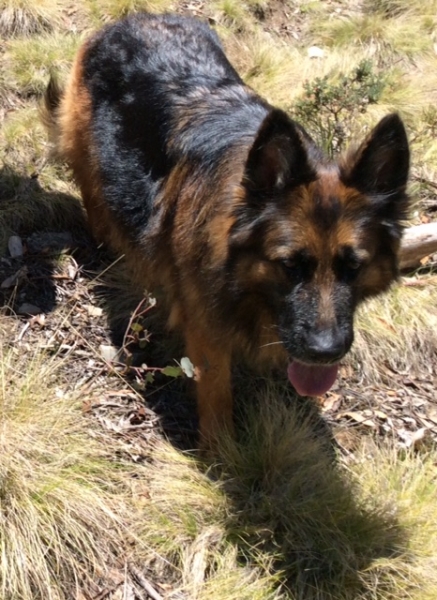Paper published: Critical review of dog detection and the influences of physiology, training, and analytical methodologies
 In conjunction with Paul McGreevy (USYD), Shari Forbes (UTS), as well as Greer Laing (Jacobs), James Hayes and Richard Stuetz have published a literature review on the role, operation, and future of detection dogs as analytical instrumentation becomes an increasingly more viable alternative.
In conjunction with Paul McGreevy (USYD), Shari Forbes (UTS), as well as Greer Laing (Jacobs), James Hayes and Richard Stuetz have published a literature review on the role, operation, and future of detection dogs as analytical instrumentation becomes an increasingly more viable alternative.
Within this review, we discussed several crucial aspects to the detection dog industry. To begin with, what is it about dogs that gives them their so-called perfect nose? How does the influence of humanity’s relationship with dogs define how detection dogs are bred, trained, and operate? What welfare issues need to be explored?
Additional researched areas include the various pros and cons of detection dogs versus analytical detection, the translatability of experimental results to the real world, as well as how the research space should standardise the ways in which those experiments are carried out. The challenging aspect of this area of research is identifying how these varying factors influence each other.
This review is currently available for free download by visiting
https://www.sciencedirect.com/science/article/pii/S0039914018303552
If you have any further queries, please contact James Hayes on j.e.hayes@unsw.edu.au




